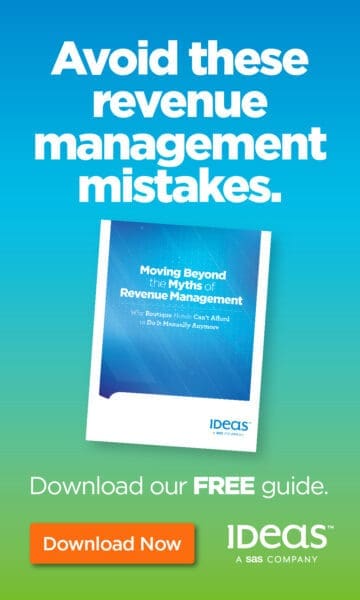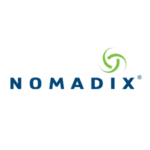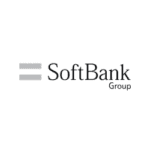 Returning to operations in our new environment is sure to bring many expected and unexpected challenges. Between figuring out social distancing protocols and mitigating risk throughout the property, hotels will be contending with a lot as we move through the coming months and years.
Returning to operations in our new environment is sure to bring many expected and unexpected challenges. Between figuring out social distancing protocols and mitigating risk throughout the property, hotels will be contending with a lot as we move through the coming months and years.
The landscape continues to change rapidly, and while no one can say with any degree of certainty where everything will land, we are starting to see the shape of things to come. Reduced capacity allowance in restaurants and bars, queuing for entry in to stores, ubiquitous placement of sanitization products, PPE requirements while in public, health screenings — the early signs are all around us.
Given what we know today, it’s safe to make some assumptions and educated guesses on what to plan for. These are five changes that the new normal is likely to bring forward in the hotel industry for owners and operators.
Race to find new sources of revenue
Amenity fees have been the darling in hotels for the past few years, becoming commonplace and driving millions in revenue. Reduced travel, constrained room availability within the hotel based on distancing protocols and downward pressure on rates is going to hit the owners’ pocketbooks. There will be a push (and a need) to find “the new amenity fee”.
Creative methods for driving revenue have always been the expectation, but it’s no exaggeration to say that a prolonged downturn and slow recovery will put immense pressure on the entire system. Hotel owners and managers will be forced to evolve their paid-for services while finding ways to leverage what is already in place in totally new ways.
At the height of the shutdown, we saw restaurants enter new territory with the rise of to-go family meals and take away cocktails. High end restaurants turned into take-out burger restaurants, and chefs were providing all of the ingredients needed to make menu items at home. One of the most creative solutions was turning a restaurant in to a grocery store. They worked with their existing food supplier to package and sell household staples to locals in the middle of the pandemic shutdown, when availability of goods at standard grocery stores was waning. This brilliant strategy didn’t take any extra work and entrenched those that did it as a community leader.
Nickel and diming isn’t the answer. $20 buck-ing people to death isn’t going to work. Opportunities to tweak pricing will be present themselves, but there are countless ways to use the tools and systems already at your disposal to provide value that customers will pay for.
New productivity measurements
Social distancing, risk mitigation and reduced capacity means that traditional methods of determining productivity and performance won’t cut it anymore. 50% will be the new 100% for the next while, so finding a better way to gauge your results will be a good practice to employ. For example:
- F&B outlet capacity will be mandated to be reduced for the foreseeable future AND people may not return as quickly as expected. You may also have to schedule extra staff to clean and maintain the room. Moving to a (hours)/(certain amount of revenue) to calculate labor productivity will be a better method than simply comparing hours to covers.
- Some hotels are talking about leaving departure rooms empty for 24 hours between guests. Others are looking at self-service or on-demand stay over service. DNDs will probably increase. In addition, greater cleaning in guest hallways or prepping in room amenities to be stored and accessed in linen closets is going to add new duties to a room attendant’s day. If you run your Housekeeping department on a set number of credits, or calculate housekeeping labor productivity as hours/occupied rooms, you’ll likely want to look at a new method of budgeting and forecasting usage. Perhaps a square footage cleaned model will be a more accurate representation of needs going forward.
Greater scrutiny of expensive brand standards and programs with hard to determine ROI
The new cocktail program with the expensive accompanying collateral; that new technology platform that everyone is pushing; justification by way of “brand messaging enhancement” isn’t going to cut it unless there is a meaningful, verifiable, tangible and relatively short term ROI.
Obvious signs of cleaning and sanitation
Communication and action instills confidence, and confidence in the cleanliness and sanitation of places where people gather, eat and sleep will become drivers of business in their own right… not to mention the most basic of expectations. Customers will expect to see active cleaning and sanitation throughout a hotel, and they’ll want access to PPE just like forgotten toothpaste and extra towels.
There will be a separation in the market of businesses that are doing it well and those that aren’t. Just like the health safety score that many cities require restaurants to post in their window, we’re likely to see an outward quantification and qualification of hotel and restaurant efforts towards cleanliness. It might become an inspection requirement administered by a local government; or perhaps a cottage industry will emerge of outside agencies providing cleaning certifications. Maybe OTAs or online review sites will give hotels and restaurants a profile certification badge for “approved” practices and perhaps a well-defined and verifiable cleaning and safety practice will become a requirement when responding to an RFP. It’s likely to be a combination of all of the aforementioned. The trick will be striking a balance between the expense associated with new equipment purchases and the demand for greater usage within the operation. It’s best to be thinking about and preparing for this now instead of scrambling when it’s forced on you.
Sustainability
Disposable goods are being mandated and will be the norm for the foreseeable future, creating a unique challenge to balance sanitation needs and sustainability practices. Menus are required to be disposable; grab and go is growing in usage, increasing the volume of take away containers; food waste will likely increase as grab and go items don’t sell; we’ll see more plastic wrapped everything as more restaurants and hotels come back online; PPE waste and cleaning wipes will increase.
It’s not unreasonable to think that soon after a return to operations, there will be a strong push towards sustainability and responsible usage with all of the new programs being put in place. Hotels and restaurants will do well to find sustainable, biodegradable, low waste solutions for throwaway packaging — while at the same time managing the increased cost these typically bring. They’ll also have to ensure that recycling and food waste programs are well practiced and entrenched throughout their operation, not simply because it’s the right thing to do, but more garbage means more trash pick ups which come at a higher monthly cost, and potential fines for not following local recycling guidelines.
There will undoubtedly be more changes to come as the situation evolves.






























